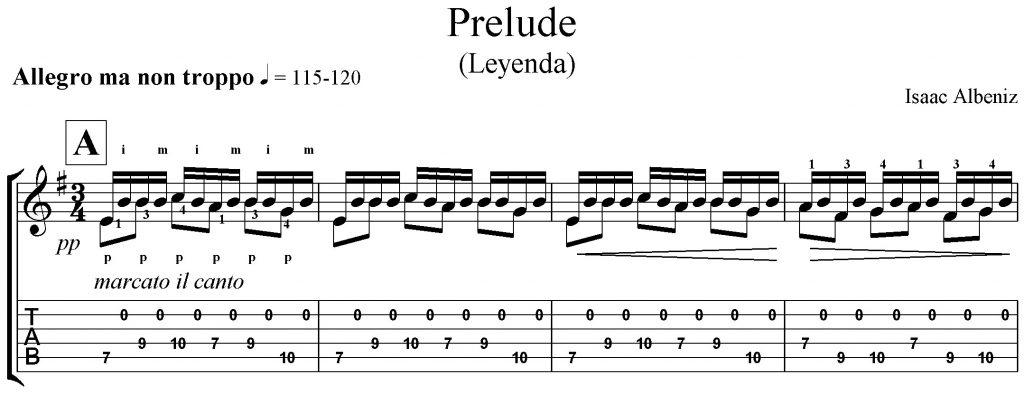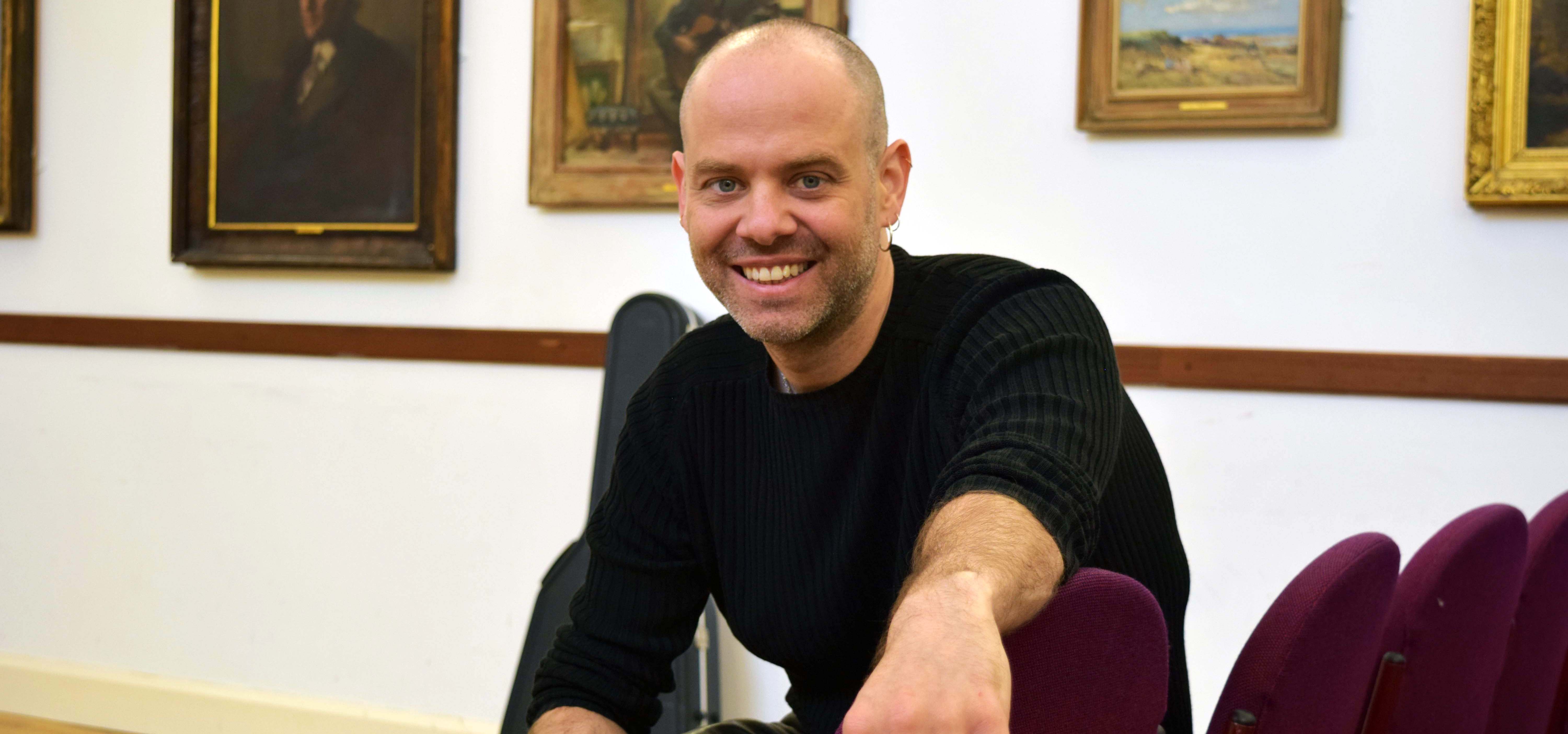
Leyenda – Live Guitar Practice
This guitar lesson deals with how to practice the classical guitar piece: Leyenda by Albeniz. It is a behind the scenes look into a live practice of it, with commentary. Giving fingering tips, any hacks, and many more insights into learning this old masterpiece.
Leyenda – Live Guitar Practice
This piece is notorious for its ability to go from a simple idiomatic guitar riff, into the realm of the guitar gods. In order to keep pace with and manage that change it is imperative that your practice session is effective – with clear goals. Now to be honest, this lesson is one that will be of use to you, post having lifted the dots off the page. So you need to have learnt this piece, before diving in to this lesson.
Leyenda by Albeniz
His compositions, celebrate Spain and the Andalusian spirit of flamenco; the guitar’s resonance is eternally connected to his early and middle-period works. Albéniz was considered an authentic Spanish composer, as he didn’t copy folk music per se. As Debussy commented, “He absorbed it,” leaving little trace of the edges. His inventiveness made full use of his knowledge of the guitar (which he could play), along with a love of flamenco and its rhythms, to craft new melodies and stylized pieces.
Rhayn Jooste Classical Guitar Magazine Spring 2019
A couple of important things to note about this piece.. It was composed, and published, 1892 as a part of a three piece set called: Chants d’Espagne Op. 232. Its original name was Prelude (Asturias), after that region in Spain. This original publication had a tempo setting of (drum roll please) …
Allegro man non troppo

Why is that important? Well…in 1911 the German publisher Hofmeister decided to repurpose the piece. So he amalgamated it into a seven piece set, renamed it Leyenda, and made it faster. Also crucially the phrygian Spanish augmented 9th is white washed out in the later edition (clearly Segovia was working from the 1911 score, as his transcription has this error in it too). And thus we loose the very authentic Spanish Flamenco sound in the B section. Along with a host of further changes to the expression settings. So buyer beware. There are currently two versions out there, make sure yours has allegro ma non troppo at the beginning.
The first guitar edition of this Leyenda is accredited to Tarrega, and Llobet (who famously played for Albeniz). Both contemporaries of Albeniz. However this piece has become synonymous with Segovia, and his arrangement (which is flawed). Most modern arrangement take Segovia’s as a starting point, especially with those added extra triplet patterns. Interestingly Segovia mentions Don Severino Garcia in his book, and I think there is a good possibility that it was he that first published the guitar arrangement, and added those triplets. But that is just suppostion.
Leyenda is a stylized malagueña: the repetitive idiomatic guitar riff in the tenor and bass registers; cante jonde (deep song) section, with its call and response melody between a cantaor (singer) and a guitarist; and its use of the Spanish Phrygian mode all are hallmarks of the flamenco tradition.
Rhayn Jooste Classical Guitar Magazine Spring 2019
Some handy Legendary Leyenda Links
Stanley Yates has by far and away the best book currently available, on Isaac Albeniz’ pieces. In it he gives detailed notes on each piece, especially Leyenda. Or maybe I should call it Asturias now. Below is a fantastic resource that Yates has made available for free. He dives into some serious details to Leyenda. Use this link below to read all about Leyenda.
Effective Leyenda Practice
The first tip I could give you is practice those chord changes, or riff changes. They should be fluid and clean. There is one very difficult change (bar 24 to 25) where the left hand 3rd finger will need to lift up well before the next chord. As my video above does, just loop back and repeat. But! With a fixed plan in place to get those changes under your fingers. Do not repeat mindlessly. You will not improve that way.
Second tip is to drop back into half speed and use the slower tempos to work on touch, and fast shifts. Just becaused you are playing slow, does not mean the shift has to be. Play up to tempo shifts at a speed where you cam think through the changes.
Join our community
Get in ahead of queue and join this community of like minded guitarists. Get lessons delivered to your inbox when the drop, and the extras that aren’t on the site. Such as access to scores and inside tips.

